Love hiking but struggling to find the perfect footwear for your flat feet? You’re not alone! Flat feet, or fallen arches, affect up to 20% of the population, making it harder to find comfortable and supportive hiking boots. But don’t worry, we’ve got you covered! In this guide, we’ll introduce you to the best hiking boots for flat feet, help you understand what features to look for, and even show you how to measure and fit your shoes correctly. So, get ready to hit the trails confidently and comfortably – let’s go!
Table of Contents
ToggleWhat are Flat Feet and What Causes Them?
Flat feet are a condition that occurs when the arches of the feet either collapse or fail to develop correctly. The arches, the curved parts of the feet, distribute the body’s weight and absorb shock. When the arches are flat, the feet roll inward, leading to overpronation. This can cause alignment issues and stress the ankles, knees, hips, and back. There are several potential causes of flat feet, including:
- Genetics: Some people have flat feet from birth, while others get them from their parents.
- Aging: As we age, the ligaments and tendons that support our arches weaken and stretch, resulting in flat feet.
- Injury: Trauma to the feet, ankles, or lower legs may cause the arches to collapse or flatten.
- Obesity: Excess weight can strain the feet, causing the arches to flatten with time.
- Diabetes: Diabetes can impair the nerves and blood arteries in the foot, resulting in loss of sensation and arch support.
- Arthritis: Arthritis can cause inflammation and stiffness in the joints of the feet, affecting the arches and resulting in flat feet.
- Pregnancy: Pregnancy can lead to hormonal changes and weight gain, which can affect the ligaments and tendons in the feet and cause flat feet.
How to Find Out You Have Flat Feet
Why You Need the Best Hiking Boots for Flat Feet
1. Arch Support:
2. Heel Support:
3. Ankle Support:
4. Toe Box:
5. Sole:
How to Measure Your Feet and Fit Your Hiking Boots Properly
Measure:
Compare:
Try on the boots:
Check on the boots:
Break in the boots:
Best Hiking Boots for Flat Feet on the Market
1. Oboz Bridger Mid BDry:


2. Merrell Moab 2 Mid Waterproof:


3. Salomon Quest 4D 3 GTX:


How to Care for Your Hiking Boots
Clean your boots:
Dry your hiking boots:
Condition your hiking boots:
Store:
Ending Note:
FAQ
Most frequent questions and answers
Which hiking boots do Reddit users recommend for flat feet?
Reddit users highly recommend Keen Targhee III Mid Waterproof, Vasque Breeze III GTX, and Lowa Renegade GTX Mid as some of the best hiking boots for flat feet. These hiking boots are famous for their comfort, support, durability, and quality.
What are the best hiking shoes for women with flat feet?
Women with flat feet prefer Altra Lone Peak 4.5, Saucony Peregrine 10, and Hoka One One Speedgoat 4 as some of the best hiking shoes. These shoes are known for their cushioning, responsiveness, traction, and style.
What are the best waterproof walking shoes for flat feet?
Columbia Newton Ridge Plus II, Adidas Terrex Swift R2 GTX, and The North Face Hedgehog Fastpack GTX are some of the best waterproof walking shoes for flat feet. These shoes are waterproof, breathable, comfortable, and suitable for wet and muddy conditions.
What are the best boots for women with flat feet?
Women with flat feet love Timberland White Ledge Mid Waterproof, Clarks Orinoco Spice, and Dr Martens 1460 as some of the best boots. These boots are stylish, versatile, comfortable, and appropriate for casual and formal occasions.
Which hiking shoes do Reddit users suggest for flat feet?
Reddit users suggest Salomon X Ultra 3 GTX, Merrell Moab 2 Ventilator, and La Sportiva Spire GTX as some of the best hiking shoes for flat feet. These shoes are lightweight, breathable, supportive, and ideal for various terrains and trails.
As an Amazon Associate and Adidas associate, I get money from qualifying purchases and may make money from links on this website.
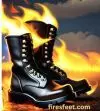

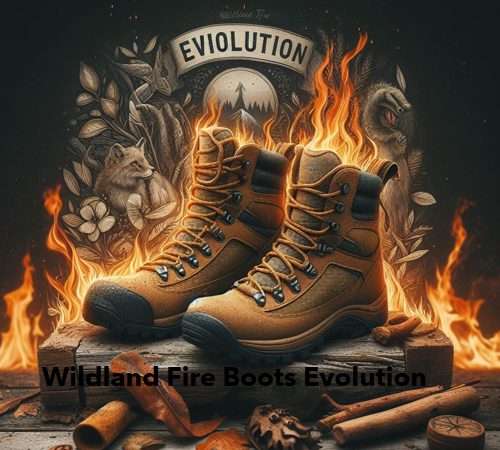
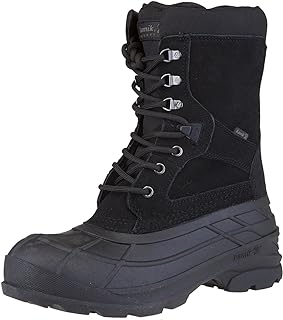
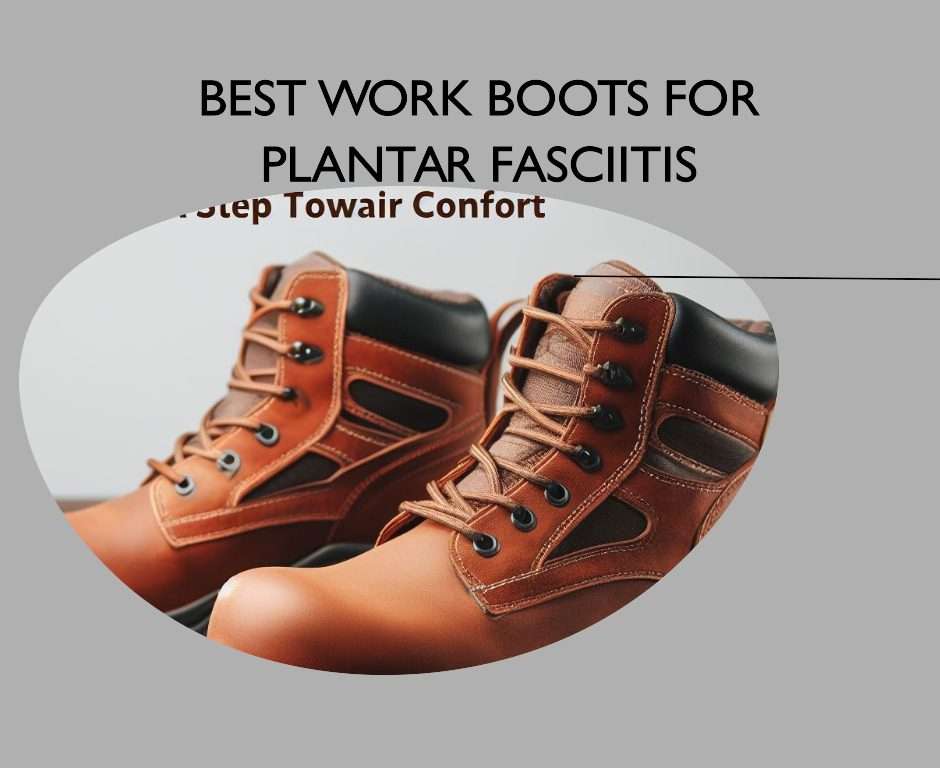
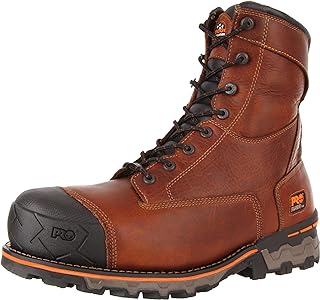
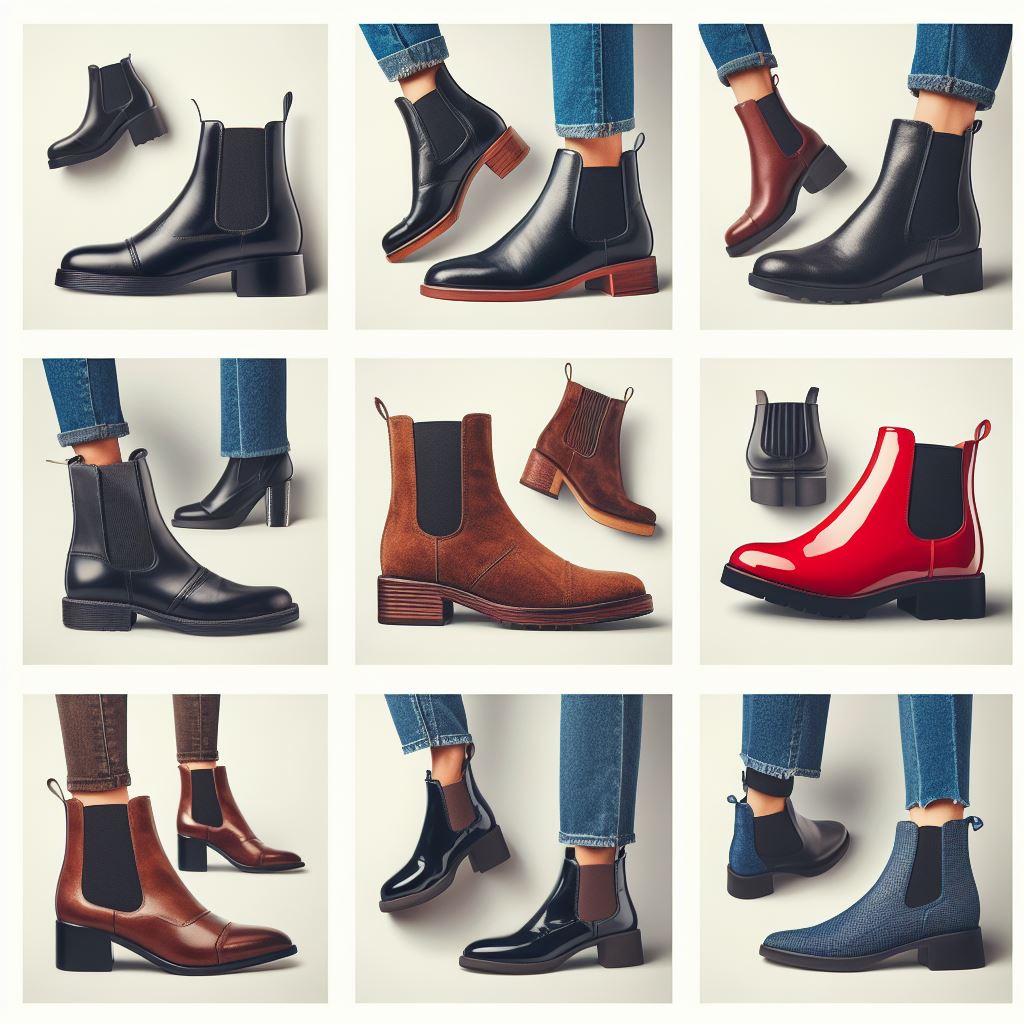
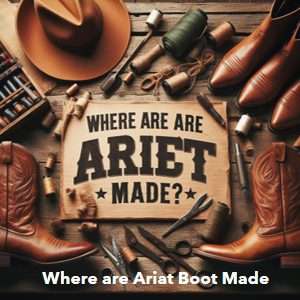
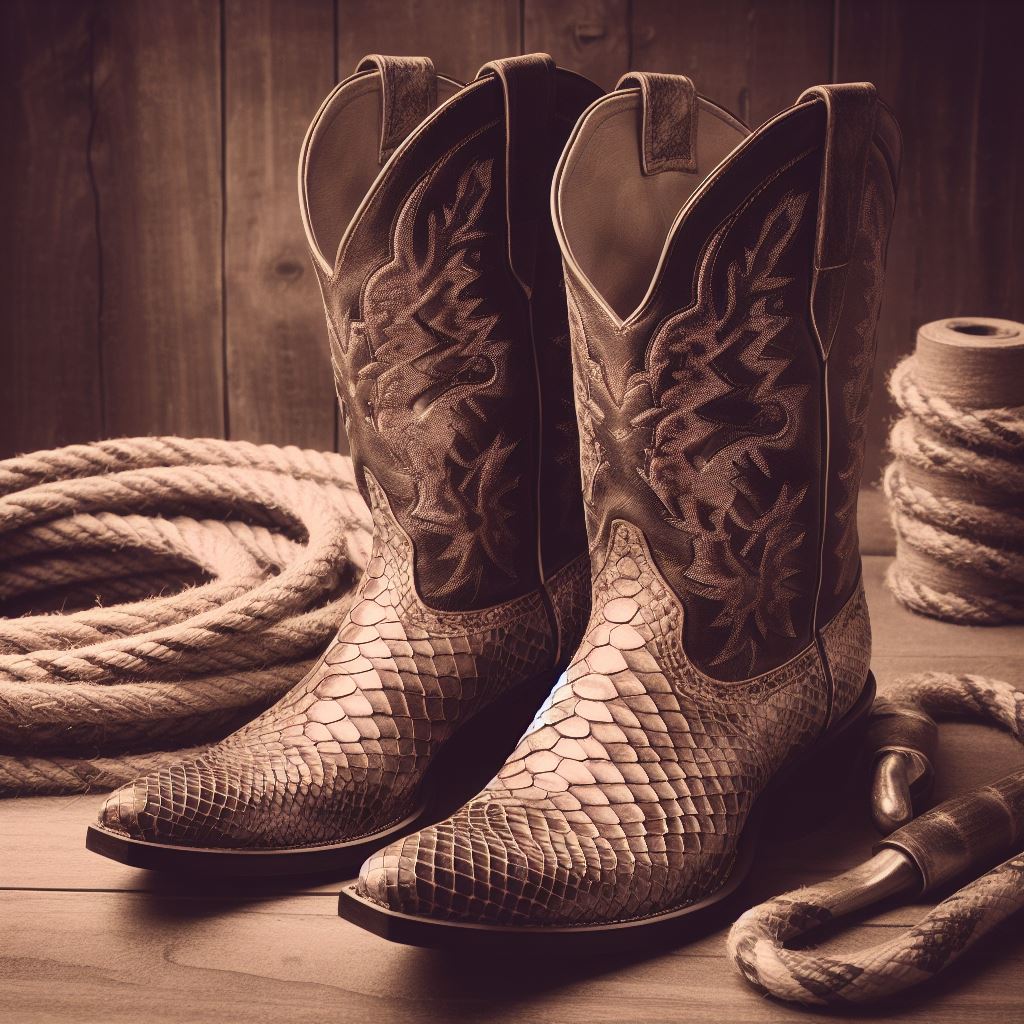
Wow, marvelous weblog structure! How long have you ever
been blogging for? you make running a blog look easy. The
overall glance of your website is wonderful, as smartly as the content material!
You can see similar: ecommerce and
here e-commerce